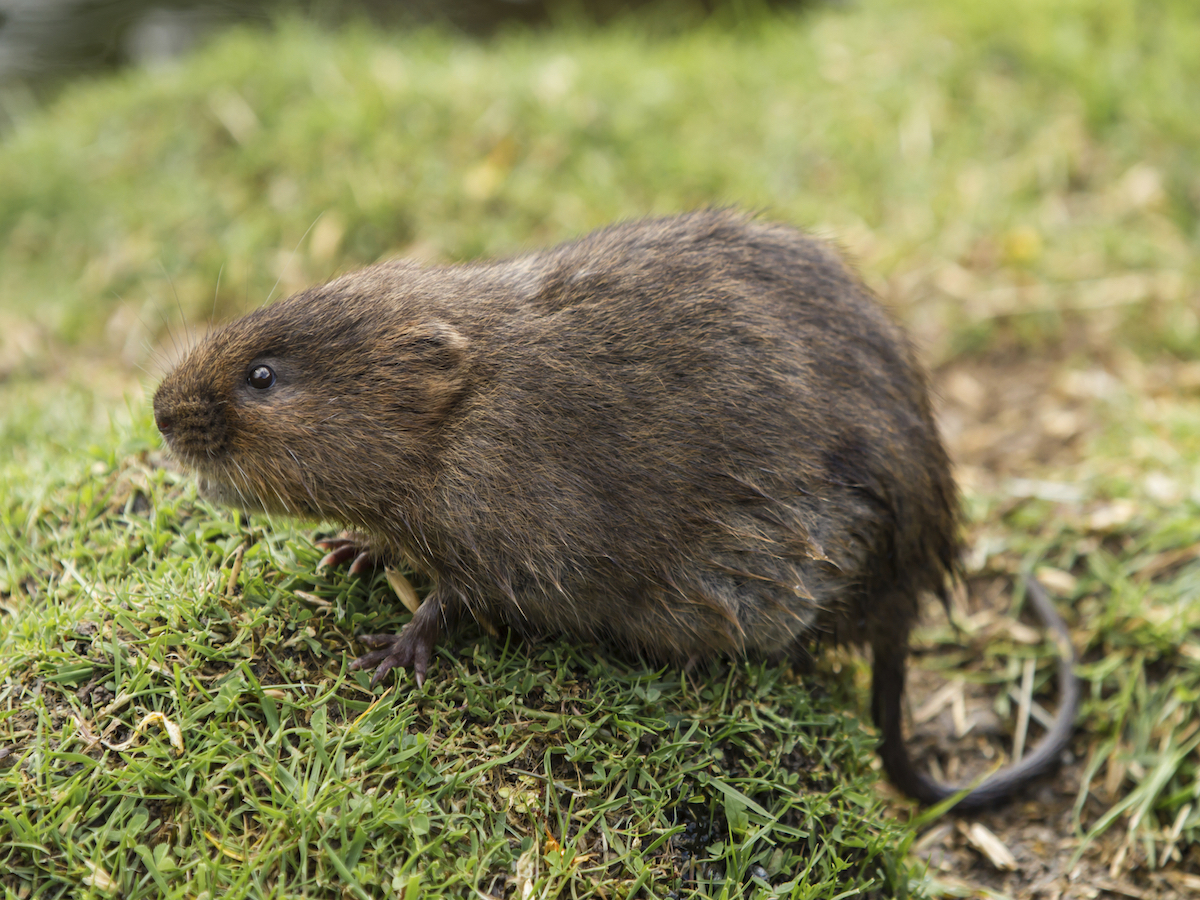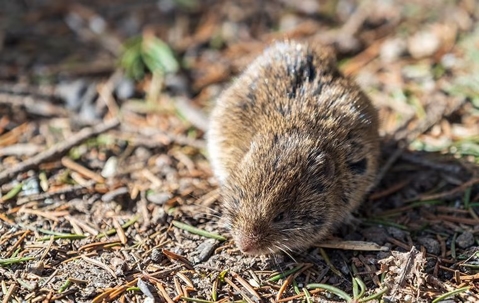Vole Yard Damage Solutions: Effective Control Methods
Vole Yard Damage Solutions: Effective Control Methods
Blog Article
Comprehensive Overview to Reliable Vole Insect Control: Invasion Identification and Therapy Methods
In the realm of efficient pest control, vole invasions present a special challenge that requires a critical method. By exploring the nuances of vole habits, understanding key signs of problem, and examining an array of control options, one can establish an extensive strategy to deal with these evasive insects.
Recognizing Vole Behavior
Vole behavior is defined by their burrowing routines and fast reproduction rates, making them a difficult insect to control efficiently. Their rapid reproductive rate further makes complex control initiatives, with ladies qualified of producing multiple clutters in a solitary year, each including numerous offspring.
Voles are most active throughout the morning and night hours, investing most of their time foraging for food. Their delving routines not only interrupt yards and grass yet likewise make them challenging to eliminate and spot. Recognizing vole habits is vital for effective bug control methods. By identifying their burrow areas, keeping track of feeding locations, and implementing targeted control methods, such as capturing or environment modification, vole problems can be managed efficiently.
Signs of Vole Infestation

Avoidance Strategies
Carrying out reliable avoidance methods is important in decreasing vole invasions and protecting vegetation from their destructive feeding practices (vole control). To stop vole problems, it is necessary to start by removing potential food sources and shelter. Keep grass and vegetation cut short, eliminate weeds and particles, and preserve a clean garden or grass to make the location much less appealing to voles. Installing obstacles such as hardware fabric or underground secure fencing can likewise help hinder voles from entering certain areas. In addition, lowering excess dampness by repairing dripping pipelines and ensuring correct drain can make the environment much less welcoming for voles.
Frequently examining the home for indications of vole activity, such as runways and delve openings, is vital for early detection and prompt action. Think about making use of catches or repellents purposefully positioned near their paths if vole activity is presumed. Using all-natural killers like owls or serpents can likewise assist keep vole populations in check. By carrying out a mix of these prevention homeowners, techniques and garden enthusiasts can successfully protect their greenery from vole damages.
Non-Lethal Control Techniques
To efficiently take care of vole populations while focusing on gentle techniques, non-lethal control strategies use practical options for reducing vole damage in gardens and landscapes. One effective technique is the use of physical barriers such as hardware towel or wire mesh to secure vulnerable plants. These barriers can be hidden a minimum of 12 inches bent and deep at a 90-degree angle to protect against voles from burrowing beneath. In addition, habitat adjustment can prevent voles by decreasing their favored food resources and hiding spots. Preserving a well-mowed yard, getting rid of particles, and maintaining greenery trimmed can make the atmosphere much less appealing to voles.

Lethal Control Options
One effective technique for dealing with vole problems in gardens and landscapes involves the critical use deadly control options. When encountered with a severe vole infestation that non-lethal approaches have actually stopped working to consist of, carrying out dangerous control measures ends up being vital. One frequently used deadly control option is the usage of snap traps. These traps are developed to promptly and humanely kill voles upon activation, making them a prominent selection for lots of garden enthusiasts and landscapers. To increase the Go Here efficiency of snap catches, it is suggested to position them in locations where vole task is high, such as along paths or near burrow entries. Another dangerous control choice is the application of poisonous baits especially developed to target voles. These baits include poisonous substance my explanation that is ingested by the voles, causing their ultimate demise. Care has to be exercised when making use of harmful lures to prevent injury to non-target animals or pet dogs. Generally, when employing deadly control choices, it is important to do so properly and based on local policies to efficiently manage vole problems.
Conclusion
Finally, efficient vole insect control needs a thorough understanding of vole habits, recognition of indicators of problem, execution of avoidance strategies, and application of both dangerous and non-lethal control approaches. By incorporating these techniques, people can properly handle vole populaces and shield their residential or commercial property from damages. It is vital to deal with vole infestations quickly to stop additional concerns and decrease the influence on the surrounding setting.
Given the elaborate passage systems and rapid recreation rates particular of voles, acknowledging the indications of vole infestation becomes crucial in effective pest control. One of the primary indicators of vole existence is the existence of surface area runways or trails in yard or snow, generally concerning 1-2 inches wide, produced as voles take a trip in between their burrows and food resources.To efficiently handle vole populaces while focusing on gentle methods, non-lethal control techniques provide practical solutions for decreasing vole damages in landscapes and yards.One efficient approach for resolving vole problems in landscapes and gardens involves the tactical use of deadly control choices. vole control.In verdict, effective vole bug control needs a try this site comprehensive understanding of vole actions, identification of indicators of invasion, implementation of avoidance methods, and use of both dangerous and non-lethal control methods
Report this page